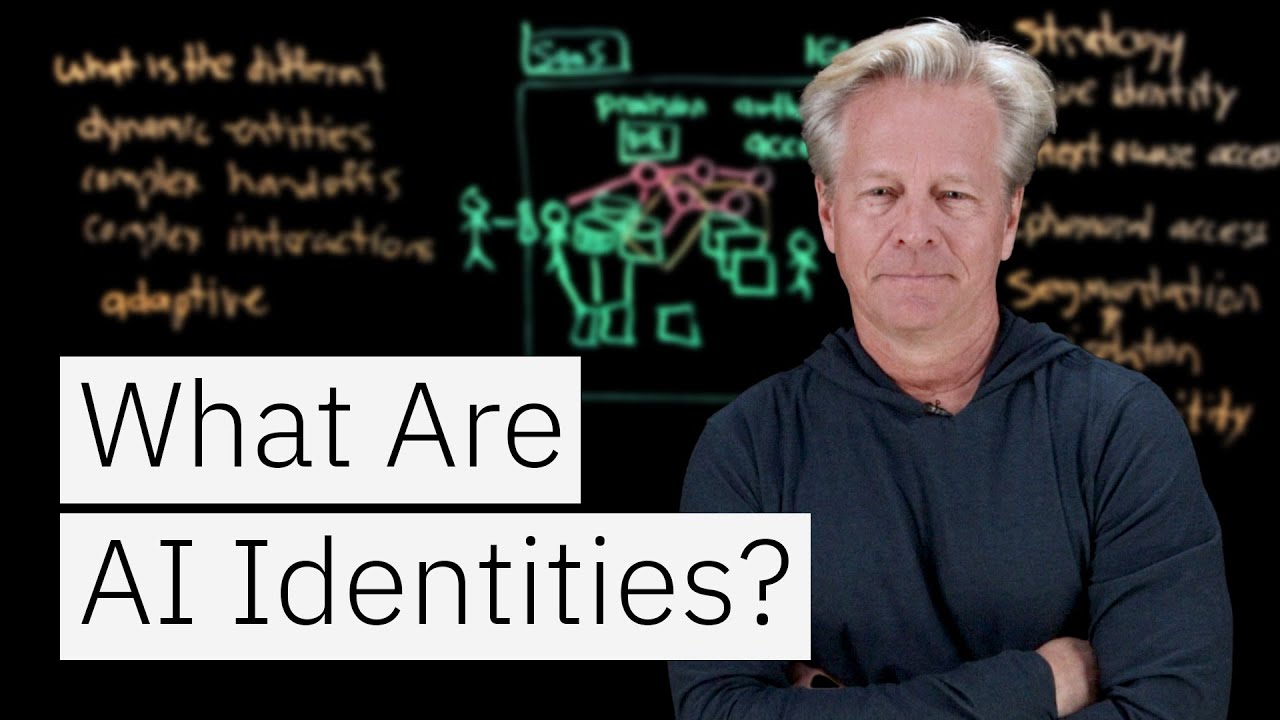The video explains the evolution of identity governance from traditional user access control to managing autonomous, agentic systems that exhibit human-like, adaptive behaviors. It emphasizes the need for unique identification, context-aware permissions, segmentation, and continuous monitoring to effectively govern and secure these complex, dynamic agents within enterprise environments.
The video begins by tracing the evolution of identity governance, starting from the 1960s when mainframes stored files that needed protection, and users had to identify themselves to access data. Over time, as systems became more networked and applications proliferated in the 70s and 80s, the focus shifted to provisioning users, authenticating identities, and managing access within enterprise environments. This progression included external users accessing systems through firewalls and the integration of SaaS platforms, leading to a comprehensive identity governance framework that ensures proper user identification and access control.
As technology advanced, the concept of agents and agentic systems emerged within these environments. Unlike traditional human or non-human identities, agents are autonomous, dynamic entities capable of complex interactions and handoffs. They are not entirely human, but they exhibit human-like characteristics, and they operate within complex, unstructured, and adaptive workflows. These agents interact with various data sources, systems, and other agents, making their behavior more unpredictable and their interactions more intricate compared to static process flows.
The key differences between agents and traditional identities lie in their dynamic and adaptive nature. Agents can change their paths based on environmental inputs, making decisions on the fly within predefined parameters. They perform complex interactions, often involving multiple handoffs between different agents, which makes their processes highly unstructured and flexible. This adaptability allows them to operate in real-time, but it also introduces challenges in governance, as their actions are less predictable and more context-dependent.
To effectively govern agentic systems, the video emphasizes the importance of establishing unique identities for each agent, similar to human identities. These identities must be provisioned and authenticated properly, ensuring clear identification. Additionally, governance must account for the agents’ dynamic behavior by implementing context-aware access controls, ephemeral (or just-in-time) permissions, and strict segmentation and isolation. These measures limit what each agent can do, reducing potential attack surfaces and containing any possible breaches within a narrow scope.
Finally, the video underscores the importance of observability and transparency in managing agentic systems. Continuous monitoring of agent actions and decisions is crucial for maintaining security, compliance, and control. By implementing these governance strategies—unique identification, context-aware and ephemeral access, segmentation, and observability—organizations can better manage the complexities of agentic systems, ensuring they operate safely and effectively within the enterprise environment.
